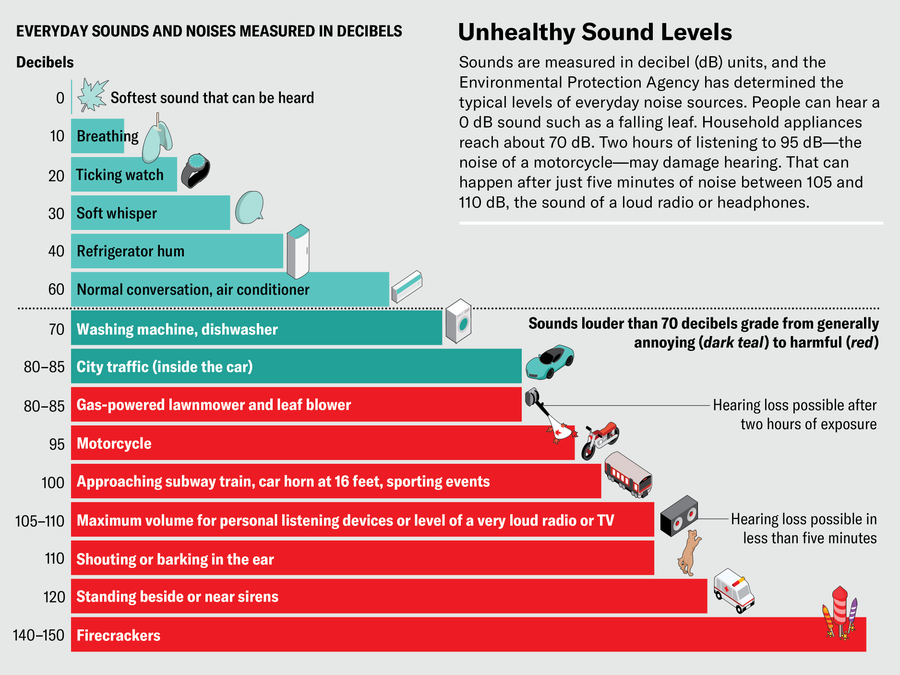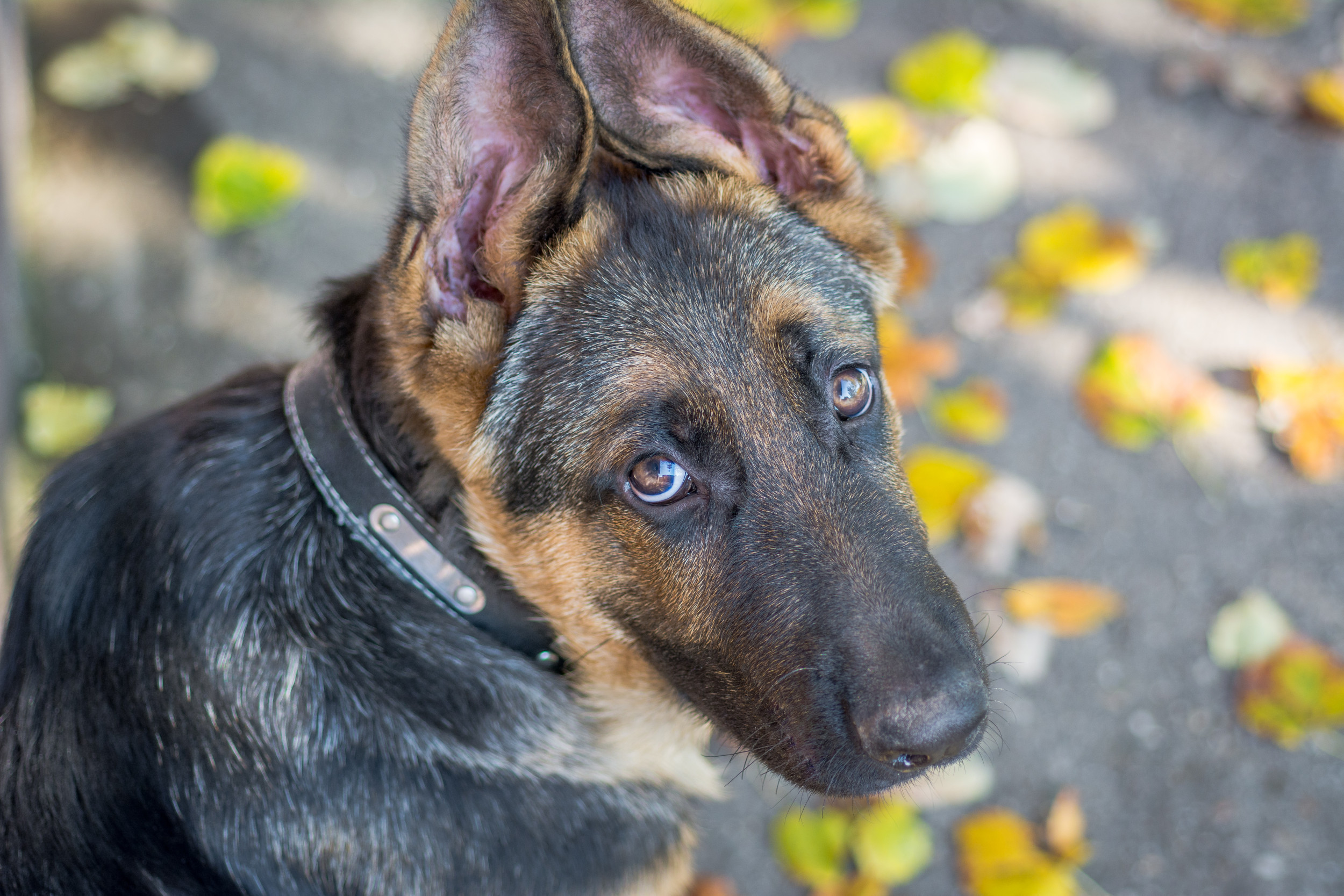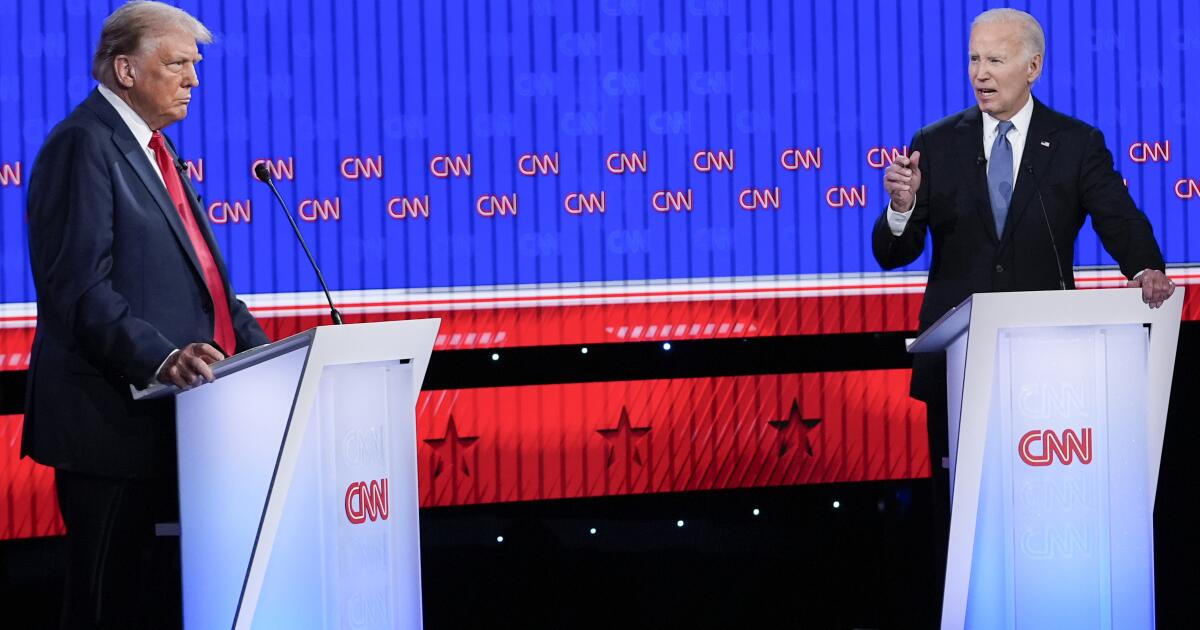Ten years ago Jamie Banks started working from her home in the town of Lincoln, Mass. After a couple of months, the continuing racket from landscaping machines began to feel unendurable, even when she was inside her home. “This horrible noise was going on for hours every day, every week—leaf blowers, industrial lawnmowers, hedge trimmers,” she says. The sound of a gas-powered leaf blower outside can be as loud as 75 decibels (dB) to someone listening from inside a house—higher than the World Health Organization cutoff to protect hearing over a 24-hour period. “I started thinking, this can’t be good,” she says. “It’s definitely not good for me. It certainly can’t be good for the workers operating the equipment. And there are lots of kids and lots of seniors around. It can’t be good for them either.”
Banks is a health-care specialist and environmental scientist who has worked most of her life as a consultant on health outcomes and behavior change for government agencies, law firms and corporations. She decided to do something about her situation and got together with a like-minded neighbor to pester the town government. It took the pair seven years to get their town to do one thing—ban gas-powered leaf blowers during the summer. The process was long and frustrating, and it made Banks think about going bigger and helping others.
So she did. In June 2023 Quiet Communities, a nonprofit group that Banks founded and runs, sued the U.S. Environmental Protection Agency for not publishing or enforcing rules and regulations to limit loud sounds: unmuffled motorcycles, cacophonous factories, the thunder of an airplane just overhead, the roar of an elevated train, the scream of a soundtrack in a spin class, headphones set too loud. There is a federal law that calls for the EPA to do this, but it hasn’t been enforced for more than 40 years.
On supporting science journalism
If you’re enjoying this article, consider supporting our award-winning journalism by subscribing. By purchasing a subscription you are helping to ensure the future of impactful stories about the discoveries and ideas shaping our world today.
Banks’s idea that loud noise “can’t be good” is well supported by science. Noise can damage more than just your ears. Through daytime stress and nighttime sleep disturbances, loud sounds can hurt your heart and blood vessels, disrupt your endocrine system, and make it difficult to think and learn. The World Health Organization calculated that in 2018 in the European Union, 1.6 million years of healthy life were lost because of traffic noise. The organization recommended that to avoid these health effects, exposure to road traffic noise should be limited to below a weighted 24-hour average of 53 dB (the sound of a campfire from about 16 feet away) during the day, evening, and night and 45 dB specifically at night (the sound of light traffic about 100 feet away).
Precise “safe” levels to avoid specific ailments are hard to come by. But in general, research shows, reducing loud noise can reduce the risk of harm. There are several ways to protect yourself. Various organizations have made maps that indicate quiet and noisy places around the U.S. Smartphone apps can tell you if you’re in one that’s too loud for safety. And noise experts all seem to own earbuds and headphones and use them often to block out the din.
For most of human history, the issue with noise was simply how annoying it can be. The first noise ordinance on record was drafted by Julius Caesar shortly before his assassination in 44 B.C.E., limiting the times that noisy carts and wagons could be on the street. The modern industrial era brought regulations to protect the ears of workers exposed to steam engines, drop forges, and other loud machinery but little information or action on everyday noises. A big moment came in 1970, when psychoacoustics expert Karl Kryter, then at the Stanford Research Institute, published The Effects of Noise on Man. The book focused on what loud sound could do to hearing and touched on work performance, sleep, vision and blood circulation.
That noise has biological effects beyond the ear makes sense in evolutionary terms. Noise may signal that a herd of elephants is charging your compound or that a pack of wolves is close by—you need to know, and your body needs to get ready for something unpleasant. As noise and sleep researcher Mathias Basner of the University of Pennsylvania and his colleagues put it in a 2014 Lancet review, “evolution has programmed human beings to be aware of sounds as possible sources of danger.”
MSJONESNYC; Source: Centers for Disease Control and Prevention (reference)
From an evolutionary point of view, sleep was “a very dangerous stage,” a time when you had to maintain attention to your environment, Basner says. But the psychiatrist and epidemiologist, who has spent much of his career studying the effects of airport noise on people sleeping nearby, notes a “watchman function” that leads to night awakenings is for the most part harmful, not helpful, in modern societies.
A lot of people think they sleep soundly despite nearby noise. They should think again. Basner has exposed hundreds of people to noise during sleep studies. He says many would get up in the morning swearing they’d slept through the night without waking, but the data showed they’d had numerous awakenings.
By the early 1970s a poll showed that the public considered noise pollution a serious problem. Formal government recognition came in 1972 with the passage of the Noise Control Act and the establishment of the EPA’s Office of Noise Abatement and Control. The act promised that the government would “promote an environment for all Americans free from noise that jeopardizes their health or welfare.” At the time, the EPA estimated that 100 million Americans experienced daily average sound of 55 dB or over. Fifty-five dB is about halfway between the level of a quiet conversation at home and one in a restaurant or office. Any 24-hour exposure average louder than that, according to the EPA, was loud enough to interfere with activities and cause annoyance.
By this time, studies from universities in the U.S. and Europe were beginning to identify health effects of noise beyond the ear, starting with behavior and learning. In 1973 three U.S. researchers, with funding from the National Science Foundation and two private organizations, studied 73 children in primary school who lived in several 32-story apartment buildings clustered over Interstate 95 where it passes through New York City. Children on the lower floors, exposed to more highway noise, were less able to distinguish sounds and were reading at a lower level than children on the higher floors. There was even a dose-response relation: the longer the child had lived in the building, the lower their scores were likely to be.
In 1975 researchers at the City University of New York looked at school records for 161 primary school students at a school that was 220 feet from an elevated subway, with trains hurtling by every 4.5 minutes. The records showed a three- to four-month reading lag for kids in classrooms on the noisy side of the building compared with those in classes on the quiet side.
Researchers were able to do a natural experiment when the Munich International Airport moved about 25 miles north in 1992. The scientists found that among children living near the old airport site, long-term memory and reading skills improved after the airport closed. But for kids near the new airport, those changes went in the opposite direction, and their stress hormone levels increased.
In the early 2000s Stephen Stansfeld, then a psychiatrist at the University of London, studied kids aged nine to 11 living and going to school near airports in Europe, comparing their blood pressure and learning ability with those of similar children who did not live under flight paths. Airplane noise reached 77 dB(A) at several schools; dB(A) is a decibel scale that emphasizes frequencies the human ear hears best. “We found a straight-line relationship between increasing levels of aircraft noise and children’s reading comprehension,” Stansfeld says. “Noisy schools were not healthy educational environments.” A colleague found the harmful effects lasted into secondary school.
All the while, the U.S. was getting noisier. In 2014 Rick Neitzel, an environmental and occupational health professor at the University of Michigan who has been researching noise for 25 years, and his colleagues estimated that more than 100 million Americans had a continuous average exposure level in 24 hours of greater than 70 dB. Imagine standing next to a washing machine all day or suffering occasional blasts from the gas-powered lawn equipment Jamie Banks could hear inside her house. It was a rise of 15 dB in just a generation, which is the difference between normal conversation and a vacuum cleaner.
Beyond the brain and cognition, the heart and blood vessels also take a hit from noise—perhaps not surprising given the stressful effects of noise and the impacts of stress on the circulatory system. A slew of epidemiological studies over the years have linked environmental noise, especially nighttime noise, to high blood pressure, heart failure, myocardial infarction (heart attacks) and stroke. The association held true even after researchers controlled for confounders such as air pollution and socioeconomic variables.
Some of the strongest human data come from Denmark, which is an epidemiologist’s dream country because it collects health data on pretty much every resident. Mette Sørensen, an epidemiologist at Roskilde University in Denmark, Thomas Münzel, a professor at Johannes Gutenberg University in Germany, and others teased apart the effects of noise on types of heart disease such as myocardial infarction, angina and heart failure. Looking at 2.5 million people 50 years or older, they found road traffic noise increased the incidence of all three. In a 2021 report on 3.6 million Danes, they showed that an average daily 10-dB increase in sound exposure because of road noise increased the risk of stroke by 3 to 4 percent.
They’ve also looked at type 2 diabetes, a condition that had already been associated with chronic sleep disturbance. This link makes sense, Sørensen says: stress such as frequent awakening raises levels of glucocorticoids, which inhibit insulin secretion and insulin sensitivity. Reducing these two things leads to diabetes. In 2013 Sørensen and her colleagues reported an 8 percent increase in diabetes risk for every 10-dB increase in exposure to road traffic noise. Eight years later, looking at 3.56 million Danes 35 years and older, with 233,912 new cases of diabetes, they calculated that road traffic noise could be blamed for 8.5 percent of the cases of diabetes in Denmark and railway noises for 1.4 percent.
Sørensen is aware that those percentages don’t sound very high. But they are meaningful, she says. In Denmark, more than one third of the population is exposed to average daily sound levels above 58 dB. “You have such a huge proportion exposed to this,” she says, “so even though it’s only a really small increase in risk, it’s a large number of people who get diabetes due to noise.”
The physical mechanisms behind these links are still being investigated, but animal studies have highlighted possible culprits. (Researchers cannot deliberately expose people to such potentially harmful noise effects.) Münzel explored some of these connections in mice, for example. In one study, he exposed the rodents to average sound levels of 72 dB over four days and found that the animals had higher blood pressure and levels of stress hormones and inflammation, as well as changes in the activity of genes that regulate vascular health and cell death.
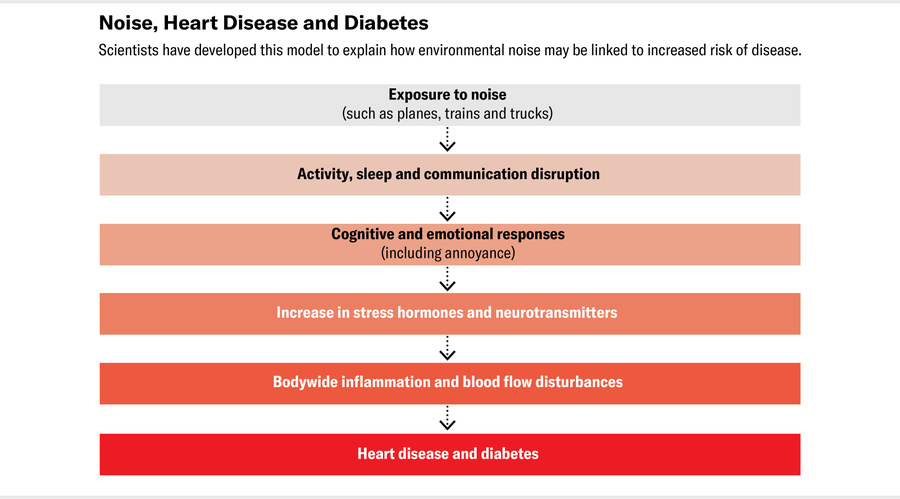
Jen Christiansen; Source: “Environmental Noise and the Cardiovascular System,” by Thomas Münzel et al., in Journal of the American College of Cardiology, Vol. 71; February 2018 (reference)
In the U.S., most research on noise has been done without much help from the federal government, despite the Noise Control Act. In 1981, after Ronald Reagan was elected president on a promise of cutting back the federal government, he appointed Anne Gorsuch as head of the EPA; she eliminated funding for the agency’s noise-control office. “She wanted to show the White House that she believed in small government,” says Sidney Shapiro, a Wake Forest administrative law professor who has studied the rise and fall of noise-abatement laws. He says noise has never had a well-organized constituency to support it. Responsibility for noise-control research, funding and regulation was left to individual state and local governments.
Today the EPA’s noise-control office is still there—on paper. “There is no money to enforce regulations or for research or education,” Neitzel says. That’s why Quiet Communities is suing. “Not having the EPA doing its job is hugely damaging, not only to the public who are being harmed by noise but also to the research community. We don’t have access to a stream of funding that should be there.”
Without that information, noise researchers have long struggled to quantify the overall impact of the American din. In 2014 when Neitzel and his colleagues at the University of Michigan wanted to figure out whether reducing noise would have a beneficial effect on cardiovascular disease, they had to resort to prevalence estimates made in 1981. In 2015 they published their findings. A 5-dB reduction in average noise exposure would cut the prevalence of high blood pressure by 1.5 percent and cut heart disease by 1.8 percent. Again, these are low numbers. But because of the high incidence of these conditions to begin with, an average 5-dB reduction would have an annual economic benefit of $3.9 billion. “I was shocked that the numbers were as big as they were,” Neitzel says.
Overall, as with chemical and air pollution, people with lower incomes are being hit the hardest. Their communities may have highways running through them or have factories and airports nearby. “Folks who are already in marginalized communities may be bearing way more than their fair share of noise exposure,” Neitzel says.
In these areas, it’s essential to ground research and solutions in community priorities, says Erica Walker, an epidemiologist at Brown University. Walker founded the Community Noise Lab, which works with communities to study and mitigate the effects of noise and other pollutants. She believes that it’s probably not just the absolute sound level that determines bodily damage—it’s unwanted sound. If the sound is a welcome one, does prolonged exposure to, say, 75 dB (about the volume of street musicians playing trumpets 30 feet away from you) raise stress levels the way that large studies have shown? “We need to know what the difference is between sound and noise from an individual point of view and from a community perspective,” Walker says.
She points to the Shaw neighborhood of Washington, D.C., which has been undergoing gentrification. “The cultural practice was to play go-go music. As the neighborhood began to become gentrified, newcomers had their own acoustical expectations of what the neighborhood should sound like,” Walker says. “If I’m going into a community and I’m measuring noise and I’m saying it’s really loud (based strictly on decibels) and harmful to health, that might be a misclassification.” People already in the community might perceive that noise as comfortable.
Walker and her colleagues are now trying to tease apart unacceptable noise and acceptable sound. In an ongoing study, they’ve been asking volunteers how they feel about different kinds of noise. Then the researchers deconstruct those noises by rearranging them, making them unidentifiable as a specific sound but maintaining the decibel level and frequency spectrum (think high notes and low notes). By the end of this summer, Walker hopes to know whether the deconstructed sound matches up with the recognizable sound. Such information could help distinguish the roles of sound intensity and cultural connotation in human harm.
Whatever your community’s sound tolerance, you can protect yourself from noise that’s intolerable. The simplest way, of course, is to avoid it. Sørensen’s data show that sleeping on the quieter side of a building, away from the street, makes a difference. Or you can move to a quieter area. That is easier said than done, and all the experts I spoke with noted that moving to a more peaceful place, as many of them have, is possible only for people who can afford it. If you plan to move, Basner advises visiting the new area at different times of day.
For noise that can’t be avoided, science may offer some promise, at least for ear effects. Sudden loud noises (think concerts, jet engines, leaf blowers and loud machines) stimulate the delicate hair cells and nerve fibers in the inner ear, resulting in the release of damaging free radicals. Animal work has identified some promising chemicals to sop these molecules up, says Colleen Le Prell, a psychologist and head of the department of speech, language and hearing at the University of Texas at Dallas, who is working on several candidates. There is already a drug for children to prevent chemotherapy-induced hearing loss, but it has significant side effects and isn’t approved for general use.
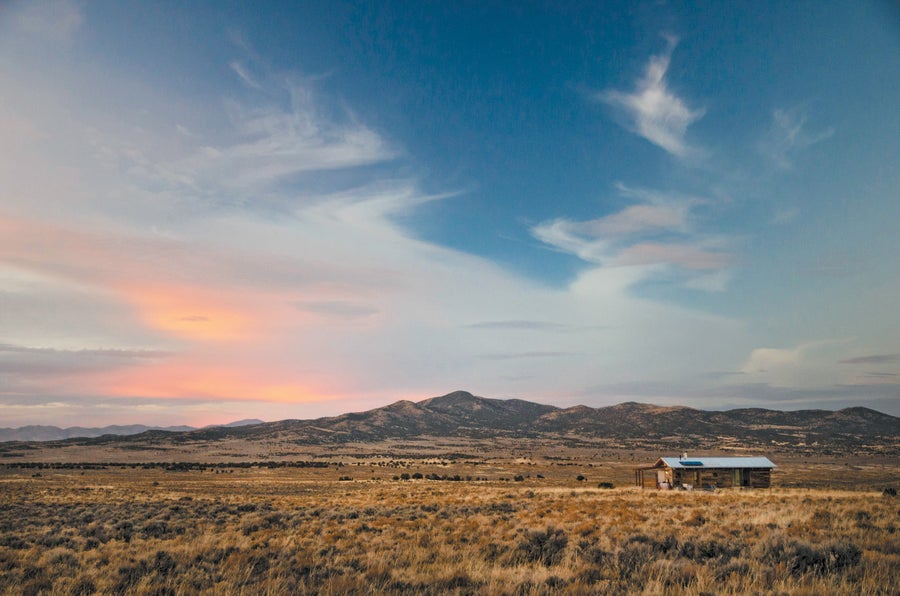
The Montello Foundation’s artist retreat in Nevada has been identified by the nonprofit Quiet Parks International as a community without irritating noise.
If you want to get a snapshot of the sound around you, the Internet can help. The National Institute for Occupational Health and Safety has a national map, but it works only on Apple mobile devices right now. The U.S. Department of Transportation has a map for transportation noise, but it doesn’t include workplace noise or inside noise. You can see noise across the entire country, albeit at pretty low resolution, on a National Park Service sound map.
To measure sound directly, there are plenty of smartphone apps. Don’t be surprised if the numbers are high. Data from Apple watches suggest that one in three adult Americans is exposed to excessive noise and daily averages of 70 dB(A) (the sound of an older washing machine or dishwasher) or greater. Those levels are considered by both the World Health Organization and the EPA as dangerous to the ear. You can see state-by-state results on Apple Hearing Study U.S. maps. Apple watches and iPhones can be set to alert you when sound reaches a particular level.
The data collected from Apple watches come from the Apple Hearing Study, begun in 2019 by Neitzel and his colleagues at the University of Michigan and funded by Apple. The study shows that a quieter world is possible. It took the lockdowns of COVID to prove it. The researchers got smartphone data from about 6,000 volunteers, covering a period from just before the pandemic began in January 2020 through late April of that year, when many businesses and activities had shut down for safety, and lots of people were staying close to home. The data showed a 3-dB(A) drop in noise exposure. Because decibels are measured on a logarithmic scale, that’s a halving of sound energy, easily noticeable by the human ear.
Sørensen moved from a city out into the country and checked a noise map first. Neitzel is very intentional about his exposure. “One thing that I absolutely try to do is make sure I’ve programmed periods into the day that I’m not going to have noise exposure,” he says. That means a bike ride through a quiet area or turning the TV off. If he’s at a bus stop, he stands back from the street as much as he can, and he routinely wears noise-blocking earplugs or earmuffs—sometimes both—when he’s checking out industrial sites.
Neitzel protects his ears at concerts as well. “There’s a bit of social stigma around wearing ear protection at a concert,” he says, so he wears clear plugs, much like many musicians use. And he’s got noise-canceling headphones and earbuds. They seal the ear to limit outside sound, which permits listening at a lower volume. He and his family wear noise-canceling earbuds on planes.
You can ask others to turn sound down. Sharon Kujawa, an audiologist at Massachusetts Eye and Ear hospital in Boston, and her colleagues did an experiment to see whether people in spin classes preferred louder or softer sound. They liked softer. The facility managers were reluctant to make a change, but eventually customer requests got them to agree to a 3-dB decrease in volume. Fellow ear researcher Le Prell had her children use volume-limiting headphones. The kids were in marching bands in high school, in the percussion section, and she donated earplugs to the entire group.
As for specific levels to aim for, that’s a tough one. There’s no formula that says x hours of exposure to road traffic noise will raise your risk of heart disease y percent. The EPA, which established its noise standards in 1974, before the full health effects were so clear, indicates that a 24-hour exposure level of 70 dB or less will prevent any hearing damage, and 55 dB outdoors and 45 dB indoors will prevent activity interference and annoyance. For lack of anything more current, that’s the standard used by many noise researchers today.
In terms of protective devices, there are only limited federal regulations on headphones, and there’s some concern that the devices go up to volumes that can damage the health (ear and otherwise) of children. Volume limiters on headphones generally have an upper limit of 85 dB, but what the limit should really be, and for how long, is anybody’s guess. There’s also no solid research on whether devices that produce masking noises help.
Clear, consistent standards for how much is too much, and what works, are unlikely without a revitalization of the EPA’s noise-control office. An agency spokesperson wouldn’t say whether the lawsuit by Quiet Communities will spur any change. The two sides in the suit “are currently in the midst of filing motions and cross-motions,” says Quiet Communities lawyer Sanne Knudsen of the University of Washington. When we spoke, Knudsen expected some kind of agreement would be reached by April and hoped it would be one that got the Office of Noise Abatement and Control up and running again.
Jamie Banks now spends most of her time in a quiet town in rural Maine, which, she says, is blissfully free of loud lawn equipment and other noise. She is optimistic that a newly active federal noise-control office will establish data-based noise limits and regulations and that the EPA will ensure regulations are enforced. In 1972, when the noise office was established, the Los Angeles Times opined that it wouldn’t mean an instant reduction in harmful sound, “but at least a start has been made.” Fifty-two years later Banks hopes for not just a start but real progress.




